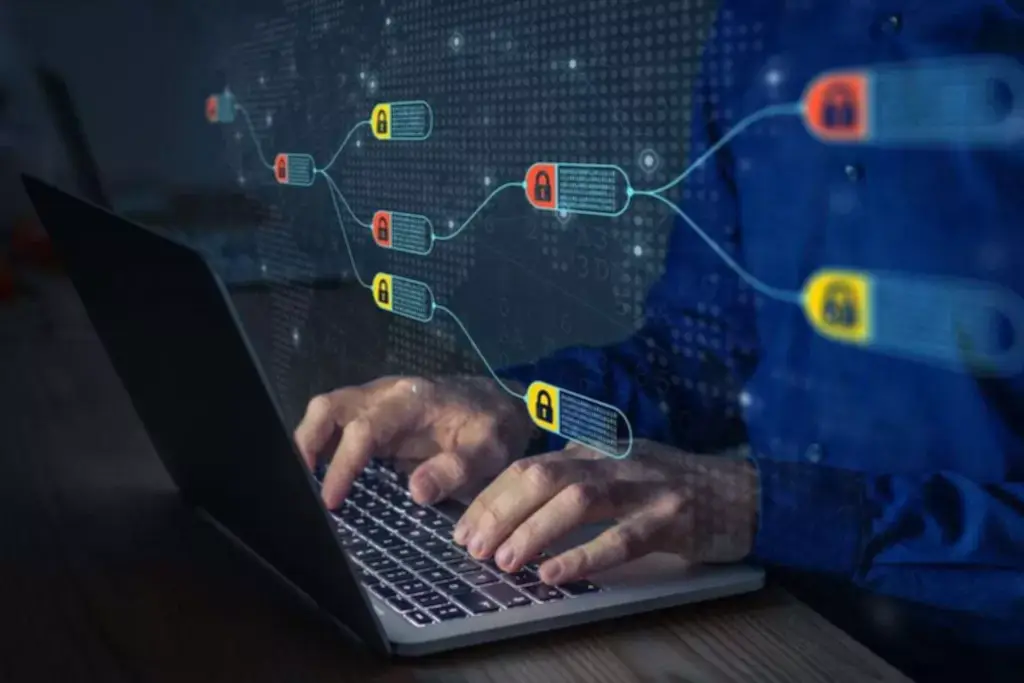According to the OpenFog Consortium started by Cisco, the key difference between edge and fog computing is where the intelligence and compute energy are positioned. In a strictly foggy surroundings, intelligence is on the native area community (LAN), and data is transmitted from endpoints to a fog gateway, where it is then transmitted to sources for processing and return transmission. However, Fog computing makes use of a a lot more distributed setup, with numerous smaller server clusters situated at numerous factors throughout the community. This makes fog computing far more efficient by way of resources, resulting in faster fog vs cloud computing communication speeds and decrease latency when compared to cloud computing. As a outcome, data is processed sooner and extra effectively with fog computing than with cloud computing, making it a extra desirable option for applications that require real-time responsiveness. Whether it’s streaming video or interacting in a digital surroundings, different characteristics of fog computing supply a degree of pace and agility that the cloud simply cannot match.
- The corporations have to buy edge gadgets, routers, gateways, and so on. which is an extra expense.
- In a strictly foggy setting, intelligence is at the local area community (LAN), and data is transmitted from endpoints to a fog gateway, where it is then transmitted to sources for processing and return transmission.
- Firstly, fog computing reduces latency by processing data regionally, enabling real-time decision-making.
- Additionally, the limited assets and computing energy of edge units might restrict the complexity of computations that might be carried out.
What’s The Difference Between Cloud, Edge, And Fog Computing?
Fog computing is seen as the model new cloud and is believed to have taken over, but it’s just an extension or an evolution of the cloud. Data is then transmitted from endpoints to a gateway after which transmitted again to the original sources to be processed. The processing power and storage capability of edge computing is the least among the three.
Distributed Architectures: How Fog And Edge Computing Can Match Into Your Cloud
When leveraged neatly, these computing frameworks can empower companies to spice up operational efficiency and foster correct decision-making, in the end accelerating income advertising efforts. Edge, fog, and cloud are crucial computing frameworks that may empower businesses to thrive in today’s superior technological ecosystem. This weblog covers quite a few matters on industrial automation such as operations & management, steady & batch processing, connectivity, manufacturing & machine control, and Industry 4.0. Companies should compare cloud vs. fog computing to benefit from the rising alternatives and harness the true potential of the applied sciences. The entrance finish is the consumer aspect, which allows accessing knowledge present within the cloud over the browser or the computing software program. The working of cloud computing has two components, which embrace the front-end layer and the back-end layer.
Fog Computing Vs Cloud Computing: What’s The Difference?

An IoT sensor on a factory floor, for instance, can probably use a wired connection. However, a mobile resource, such as an autonomous car, or an isolated resource, corresponding to a wind turbine in the center of a area, will require an alternate type of connectivity. 5G is an particularly compelling choice as a outcome of it offers the high-speed connectivity that’s required for information to be analyzed in near-real time.
By completing and submitting this form, you understand and comply with YourTechDiet processing your acquired contact data. By finishing and submitting this kind, you perceive and comply with YourTechDiet processing your acquired contact info as described in our privacy policy. Traditional telephones didn’t have sufficient built-in space to retailer the data and access varied purposes. At the forefront of the tech industry since 2017, Natallia is dedicated to her motto – to write down about sophisticated things in an easily understandable manner. With her ardour for writing in addition to wonderful analysis and interviewing abilities, she shares useful data on varied IT tendencies. Scale Computing and G2 collaborate in this infographic to clarify why organizations seek server virtualization alternatives, and compares Scale Computing Platform and VSphere side-by-side.

Additionally, the limited sources and computing energy of edge gadgets could restrict the complexity of computations that can be carried out. Furthermore, scalability may be an issue if the variety of gadgets and information volume will increase significantly. Despite these limitations, fog computing proves to be a viable possibility for IoT projects that require low latency, enhanced privateness, and offline capabilities. Such nodes are bodily much nearer to units if compared to centralized data facilities, which is why they can present instant connections.
While fog computing offers many of the same advantages because the cloud, the cloud has limitations such as being centralized and located additional away from the data source, thus growing latency and limiting bandwidth. It’s not always sensible to transmit big amounts of knowledge all the way to the cloud and again once more, especially for situations when processing & storage on a cloud scale isn’t needed. Fog computing is utilized in Internet of Things (IoT) purposes to course of information the place it’s generated quite than in a centralized information center or cloud. By bringing processing and storage closer to the sting of the network, fog computing can enhance efficiency and cut back latency for IoT applications. The integration of knowledge is a key factor that differentiates cloud computing from fog computing. Cloud computing depends on centralized information storage, with all processing and analysis happening at a central location.
On the opposite hand, cloud computing provides centralized knowledge administration and pay-as-you-go fashions. This makes it an easy-to-implement and cost-efficient possibility for companies, particularly SMBs. Edge and fog computing could be extra pricey than conventional cloud computing, specifically if you’re a small enterprise (SMB) within the early part. Deploying and setting distributed computing nodes, checking hardware compatibility, and dealing with assets require resources and might lead to upfront costs. A key problem in fog computing is reaching environment friendly information analysis and processing on the edge of a decentralized community. Cloud computing suffers from larger latency than fog computing as a result of data has to travel backwards and forwards from the information heart, which can take an extended time.
But when you feel that these advances have left you behind along with your fundamental knowledge, then you should Learn Cloud Computing from Scratch and get your expertise consistent with the altering landscape of computing. Before delving into the specifics of fog computing and cloud computing, it is important to grasp the nature of IoT initiatives and their unique necessities. IoT initiatives involve a community of interconnected units that collect and exchange data in real-time. These gadgets can vary from sensors and actuators to wearables and industrial equipment. The key necessities of IoT projects include low latency, scalability, reliability, and information privateness. Both fog computing and cloud computing purpose to handle these necessities, albeit in numerous methods.

In these circumstances, it is preferable to process and aggregate the info domestically quite than to transmit the uncooked information in its entirety to keep away from overburdening the data transmission. Cloud computing has superior security measures in place to safe information in the cloud, whereas fog computing focuses on offering security measures to edge gadgets. Cloud technologies already convey a quantity of benefits to the IoT, but progress doesn’t end right here.
While fog computing has some benefits over cloud computing, it isn’t likely to exchange it totally. Fog computing is more efficient as a outcome of data is processed nearer to the supply, which reduces latency. It can additionally be more secure as a outcome of knowledge doesn’t have to journey as far and is, due to this fact, much less likely to be intercepted.
This kind of fog computing depends on the computing power of servers situated in the fog layer to course of and analyze data. Server-based fog computing is ideal for purposes that require extra computing power than edge gadgets can present. The main attribute of fog computing is its proximity to edge units. By processing information nearer to the supply, fog computing can scale back latency and improve system efficiency. This is particularly important for functions that require real-time knowledge processing, similar to industrial IoT and autonomous autos. Fog networking complements — does not replace — cloud computing; fogging allows short-term analytics on the edge, whereas the cloud performs resource-intensive, longer-term analytics.
However, it must be emphasized that some community consultants believe fog computing to be nothing more than the Cisco brand name for one sort of edge computing. Although fog computing is a comparatively current addition to the cloud computing paradigm, it has gained substantial traction and is well-positioned for enlargement. The Fog World Congress is highlighting this pattern by highlighting this growing know-how.
With the rise of the Internet of Things (IoT) and the proliferation of smart devices, traditional cloud computing options are going through new challenges. Edge computing and fog computing have emerged as potential solutions to these challenges, providing new methods of processing and analyzing information in actual time. Cloud computing depends heavily on centralized networking and communication, utilizing massive knowledge facilities to attach customers to information and purposes. In distinction, fog computing operates through a more distributed network, with particular person devices serving as factors of contact between customers and knowledge sources. This permits for quicker communication speeds and more environment friendly useful resource allocation, making fog computing an attractive selection for lots of trendy purposes.
Transform Your Business With AI Software Development Solutions https://www.globalcloudteam.com/